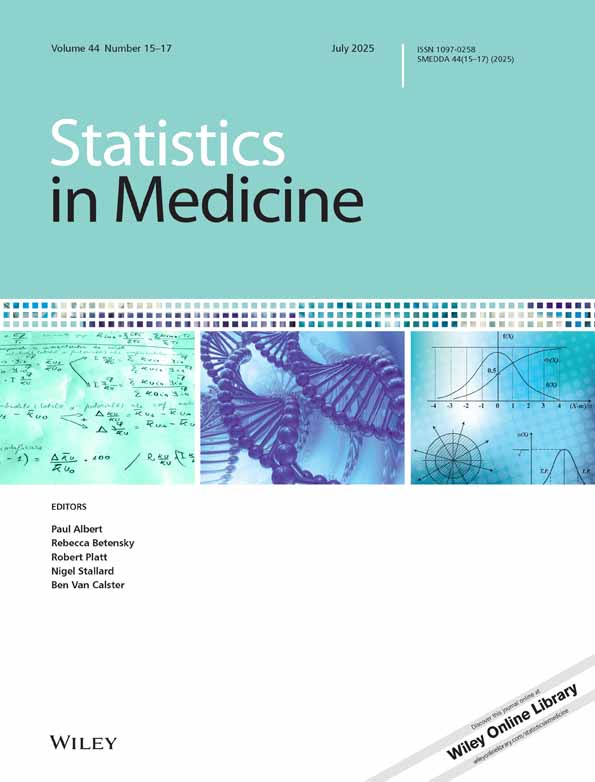Disparities in defining disparities: Statistical conceptual frameworks
Abstract
Motivated by the need to meaningfully implement the Institute of Medicine's (IOM's) definition of health care disparity, this paper proposes statistical frameworks that lay out explicitly the needed causal assumptions for defining disparity measures. Our key emphasis is that a scientifically defensible disparity measure must take into account the direction of the causal relationship between allowable covariates that are not considered to be contributors to disparity and non-allowable covariates that are considered to be contributors to disparity, to avoid flawed disparity measures based on implausible populations that are not relevant for clinical or policy decisions. However, these causal relationships are usually unknown and undetectable from observed data. Consequently, we must make strong causal assumptions in order to proceed. Two frameworks are proposed in this paper, one is the conditional disparity framework under the assumption that allowable covariates impact non-allowable covariates but not vice versa. The other is the marginal disparity framework under the assumption that non-allowable covariates impact allowable ones but not vice versa. We establish theoretical conditions under which the two disparity measures are the same and present a theoretical example showing that the difference between the two disparity measures can be arbitrarily large. Using data from the Collaborative Psychiatric Epidemiology Survey, we also provide an example where the conditional disparity is misled by Simpson's paradox, whereas the marginal disparity approach handles it correctly. Copyright © 2008 John Wiley & Sons, Ltd.




